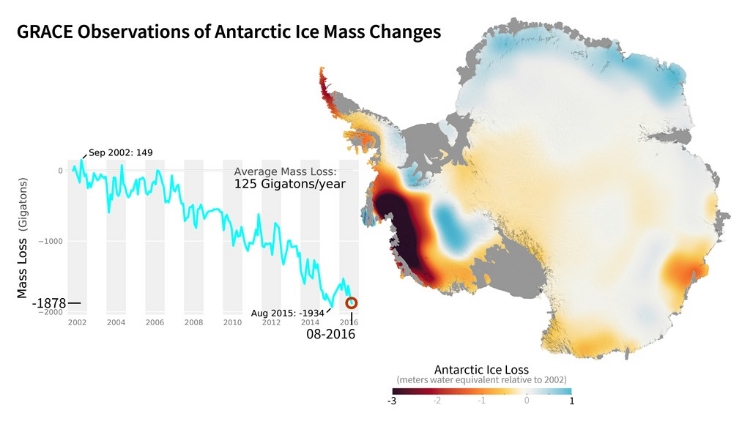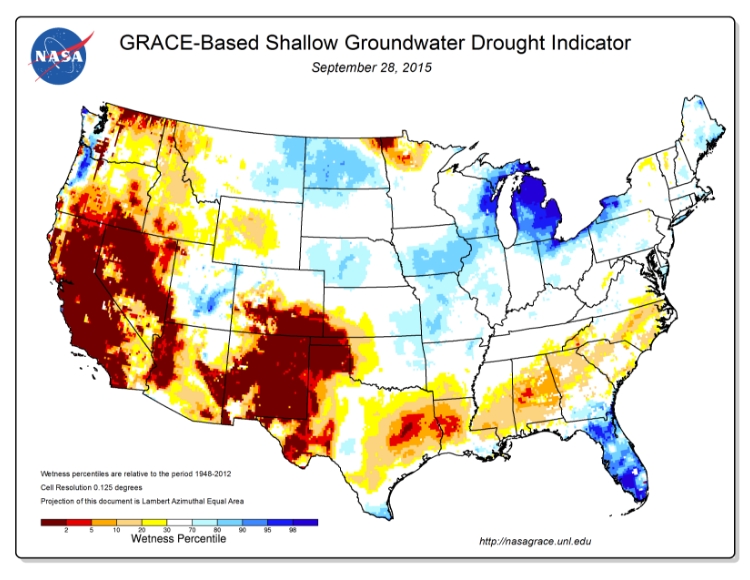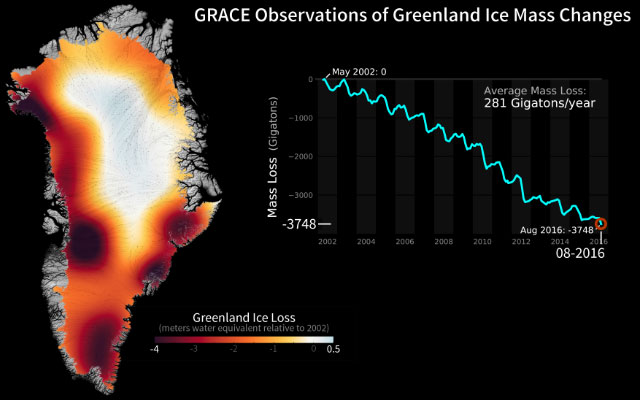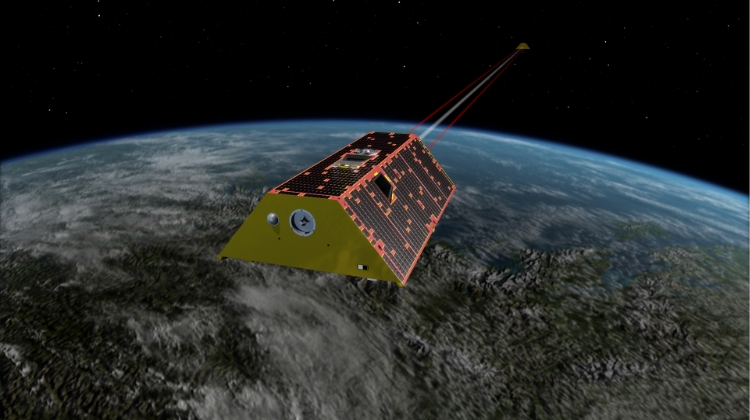Many of today's most pressing climate science challenges hinge on knowing how and where water is moving on Earth. But keeping track of Earth’s evolving water cycle is a formidable task. Water can be in plain sight in a lake or hidden underground. It can evaporate in moments when sunlight warms Earth's surface or be stored for centuries as ice in a glacier. It can be almost anywhere on, above and below Earth's surface, from your kitchen sink to the South Pole.
Regardless of whether water is solid, liquid or vapor, visible or invisible, it has one attribute that does not change: its mass, which exerts a gravitational pull. By tracking the changing pull of gravity very precisely around Earth, the U.S./German Gravity Recovery and Climate Experiment, or GRACE, mission observed the movement of water around our planet from 2002 to 2017 -- from the top of the Himalayas to the depths of the ocean to deep underground. GRACE Follow-On, set to launch in spring of 2018, will continue GRACE’s critical mission of tracking the evolution of Earth’s water cycle by monitoring changes in the distribution of mass on Earth. It will also continue the successful partnership between NASA and Germany that began on the original GRACE mission, via NASA’s GRACE-FO mission partner, the German Research Centre for Geosciences (GeoForschungsZentrum -- GFZ).





